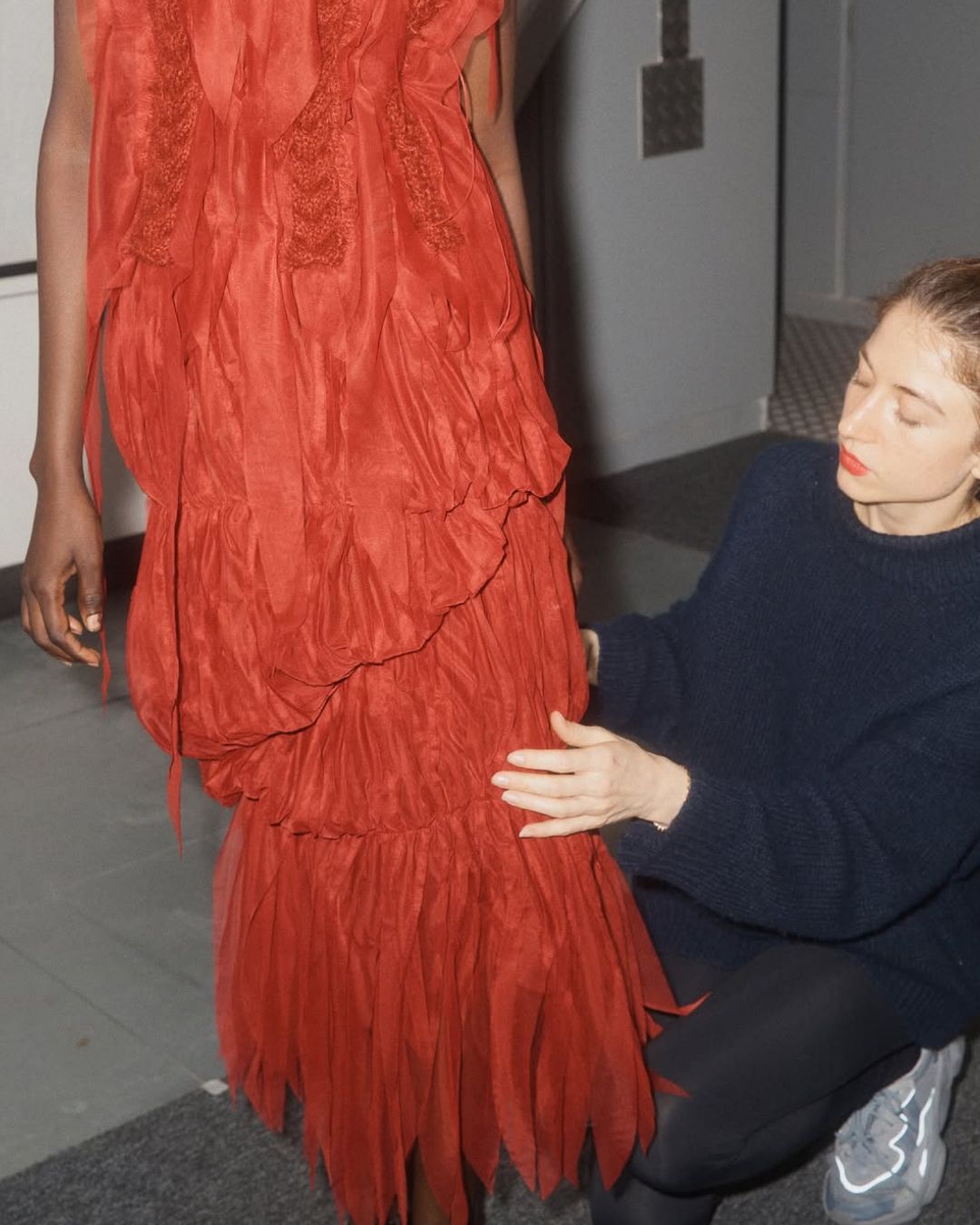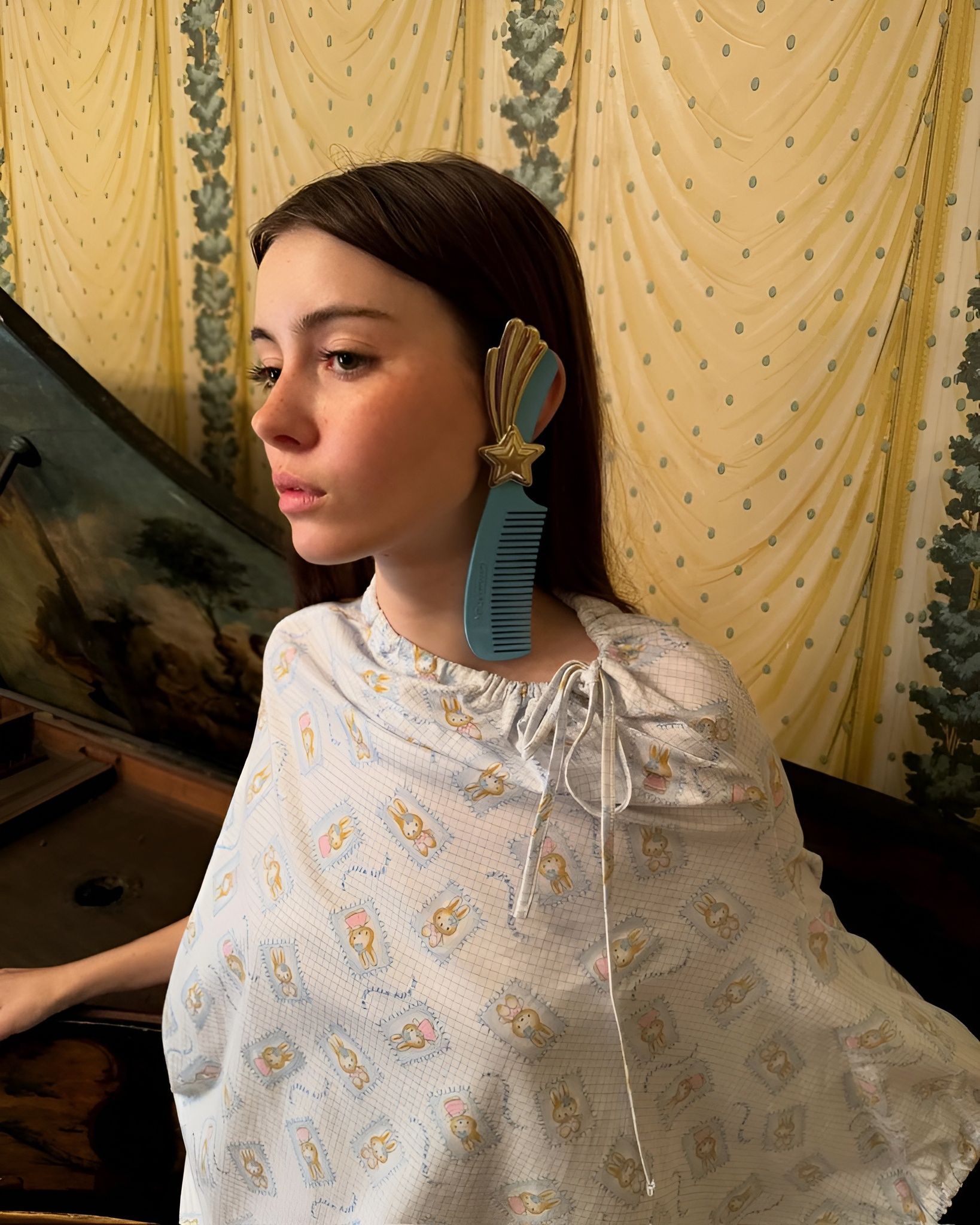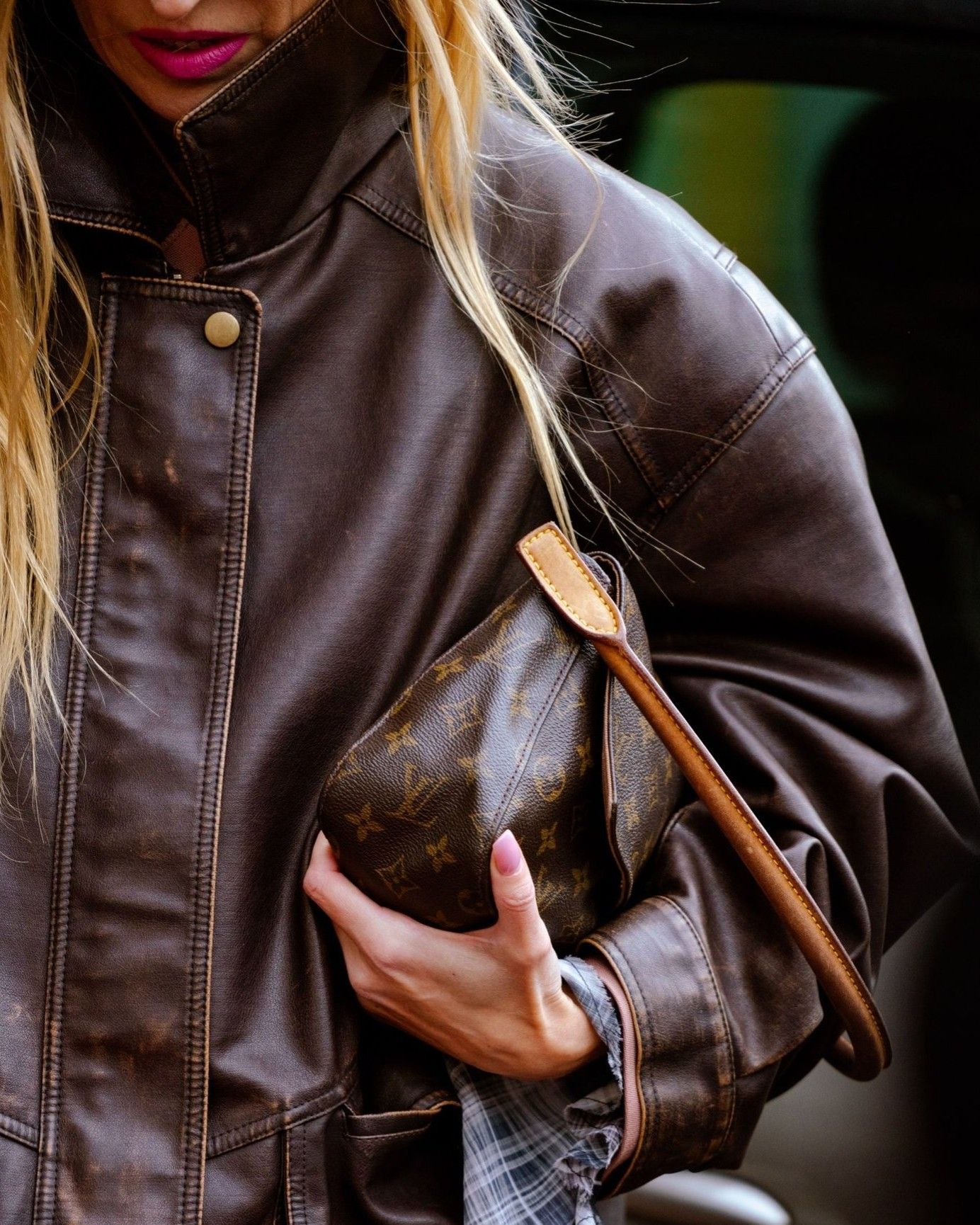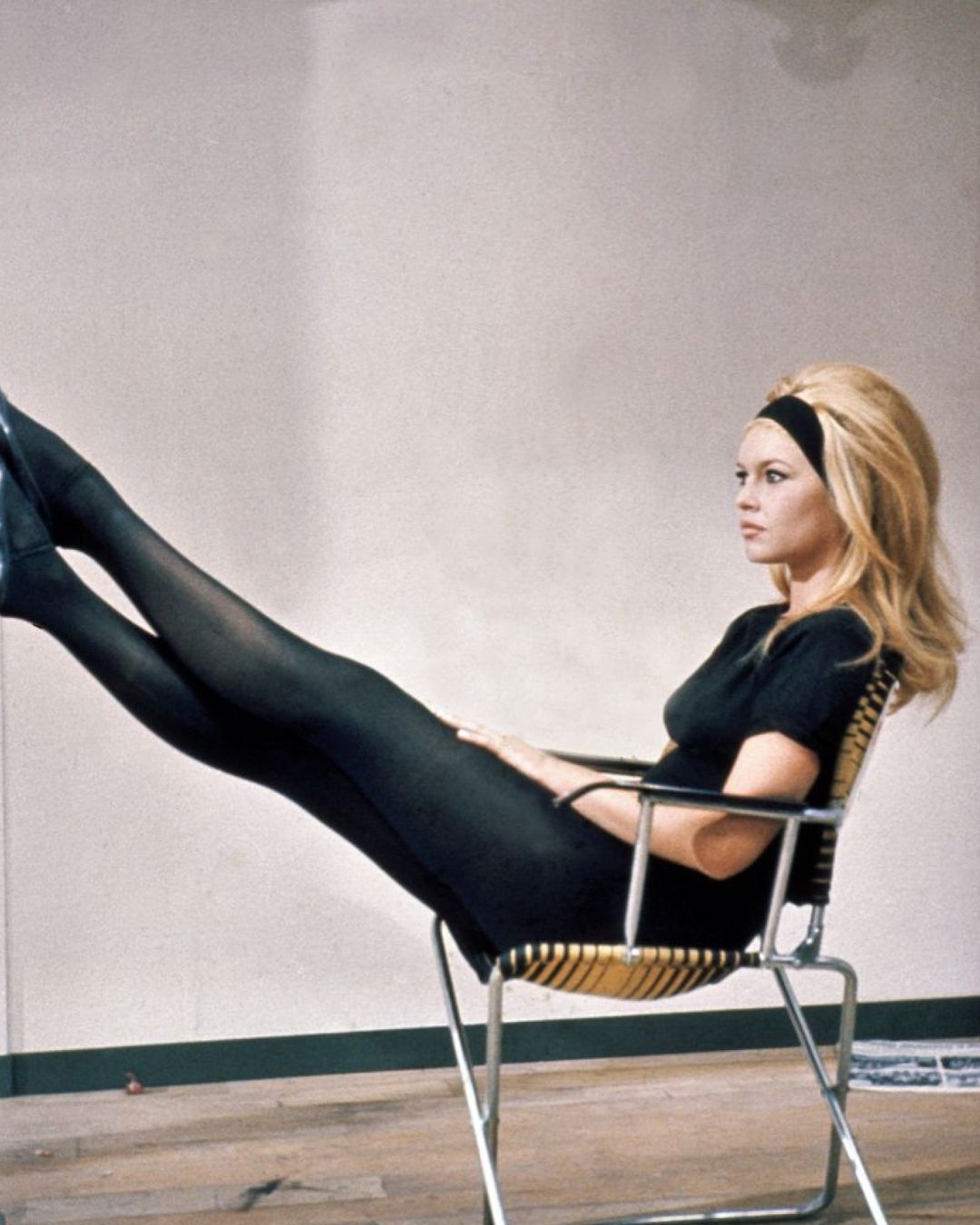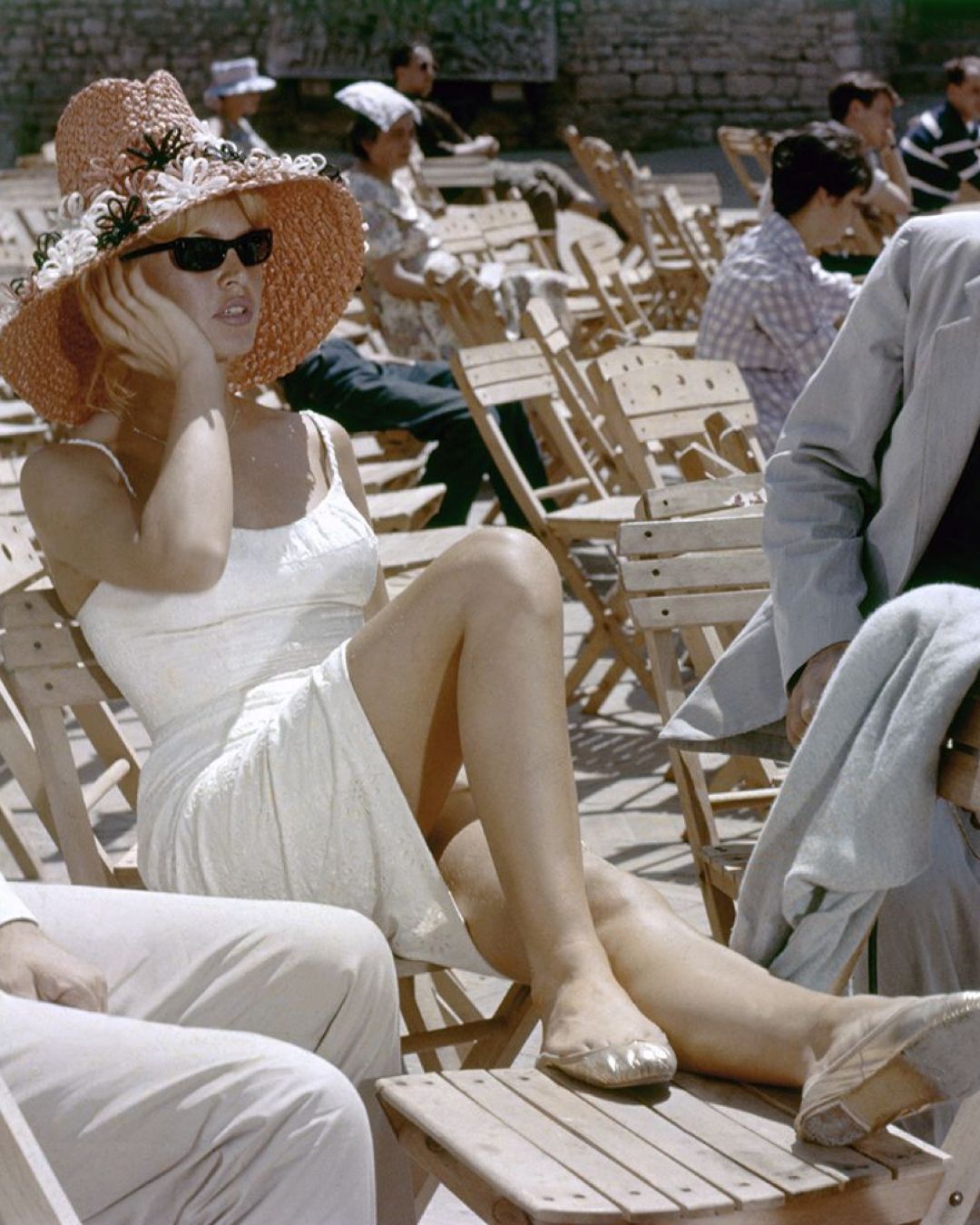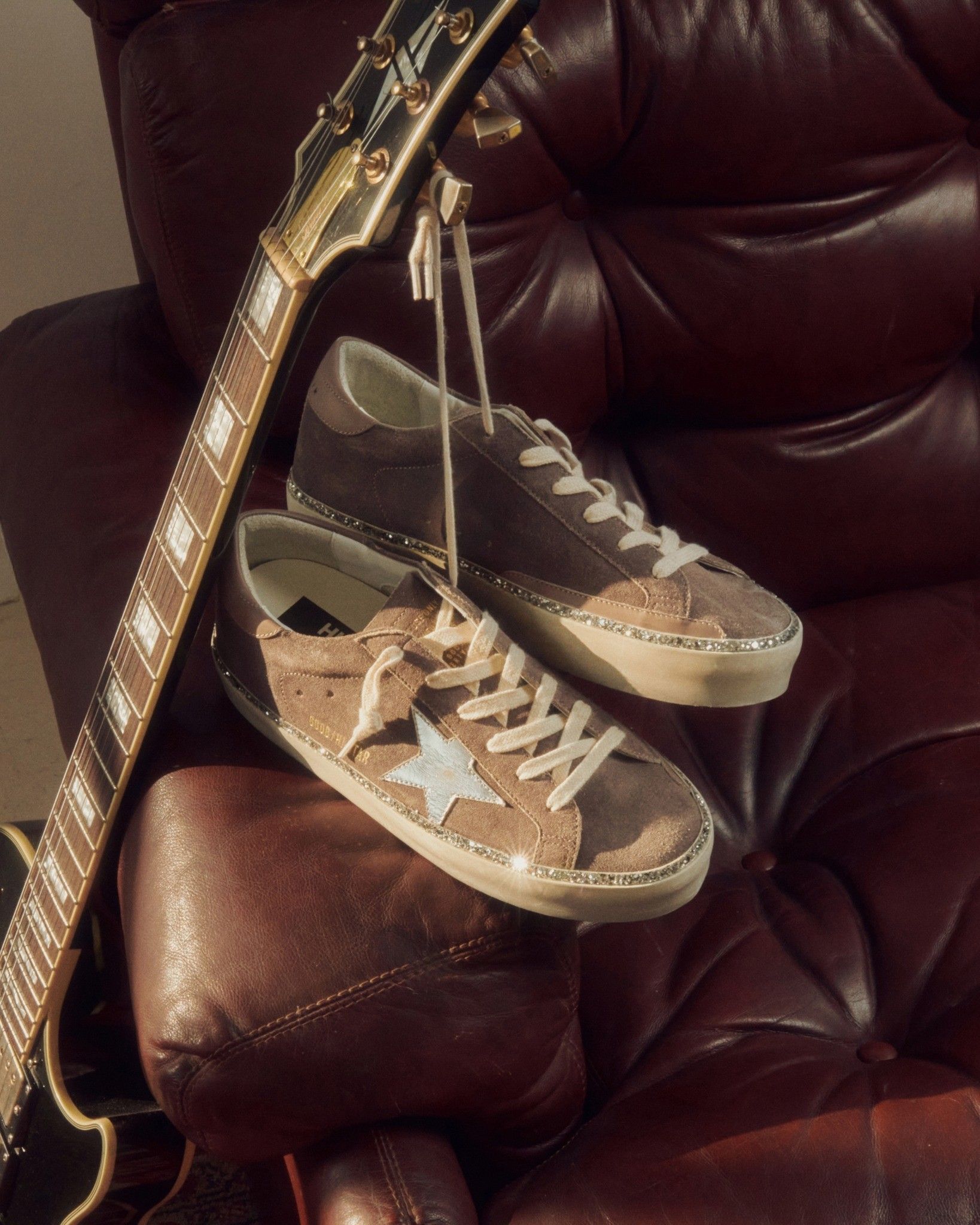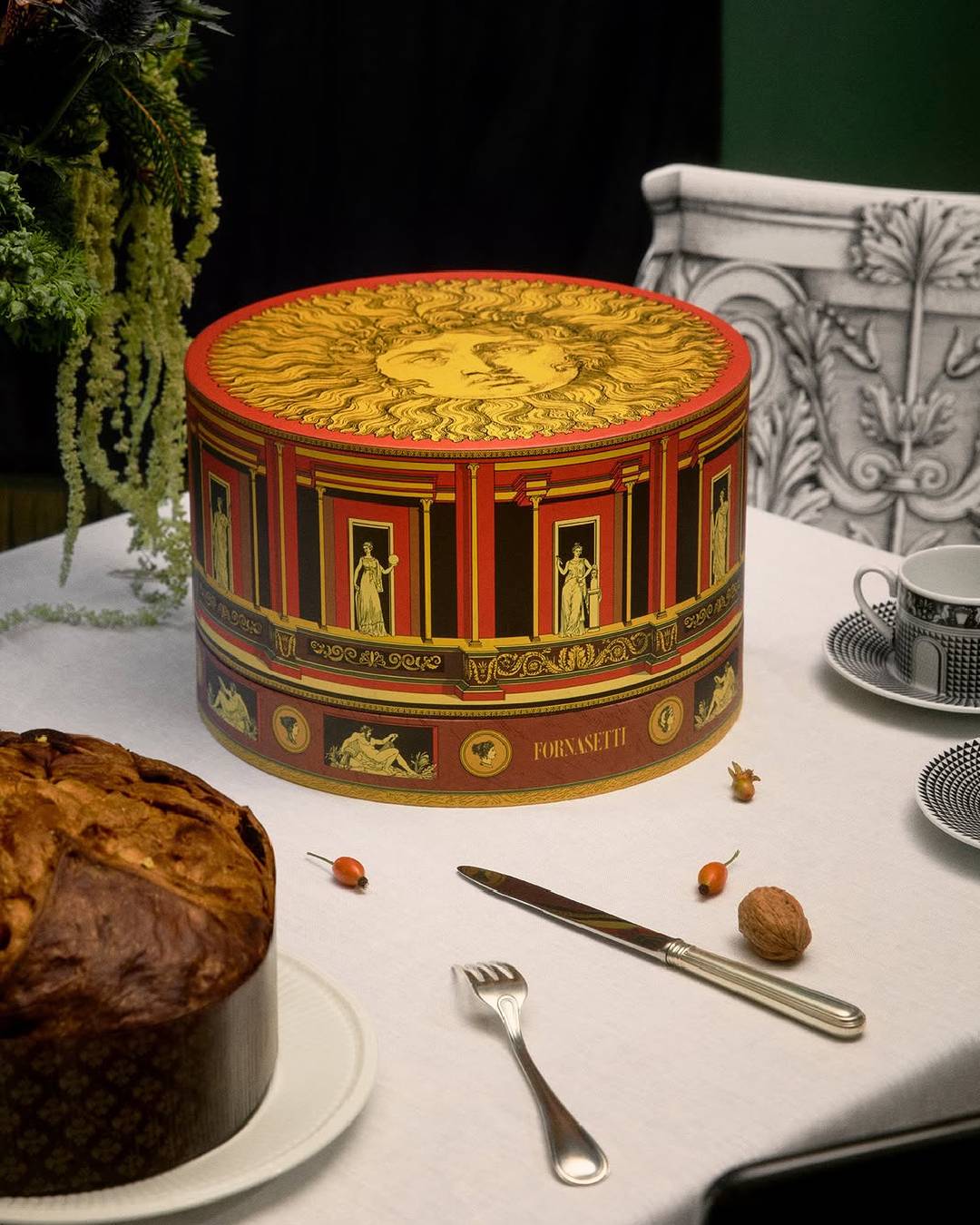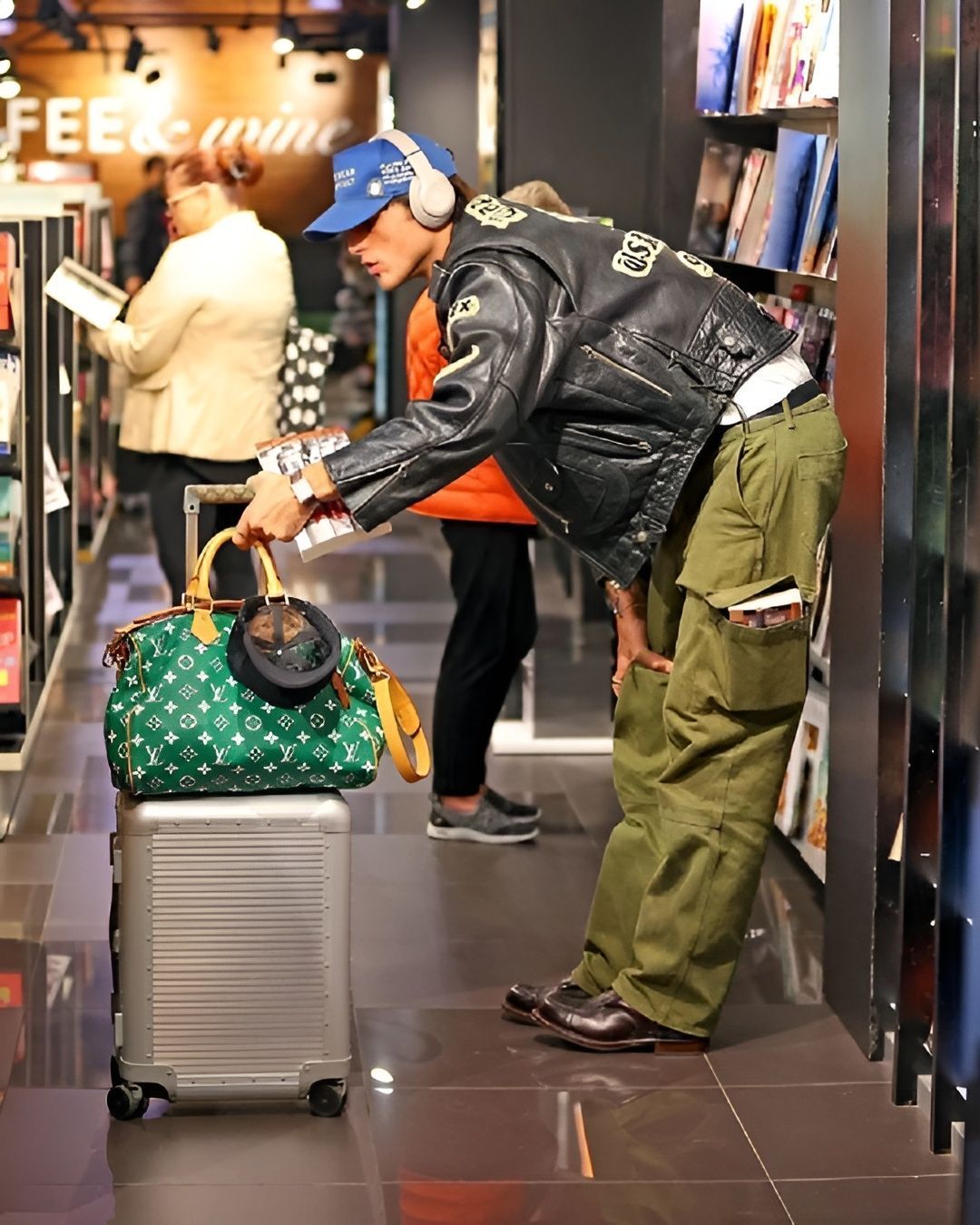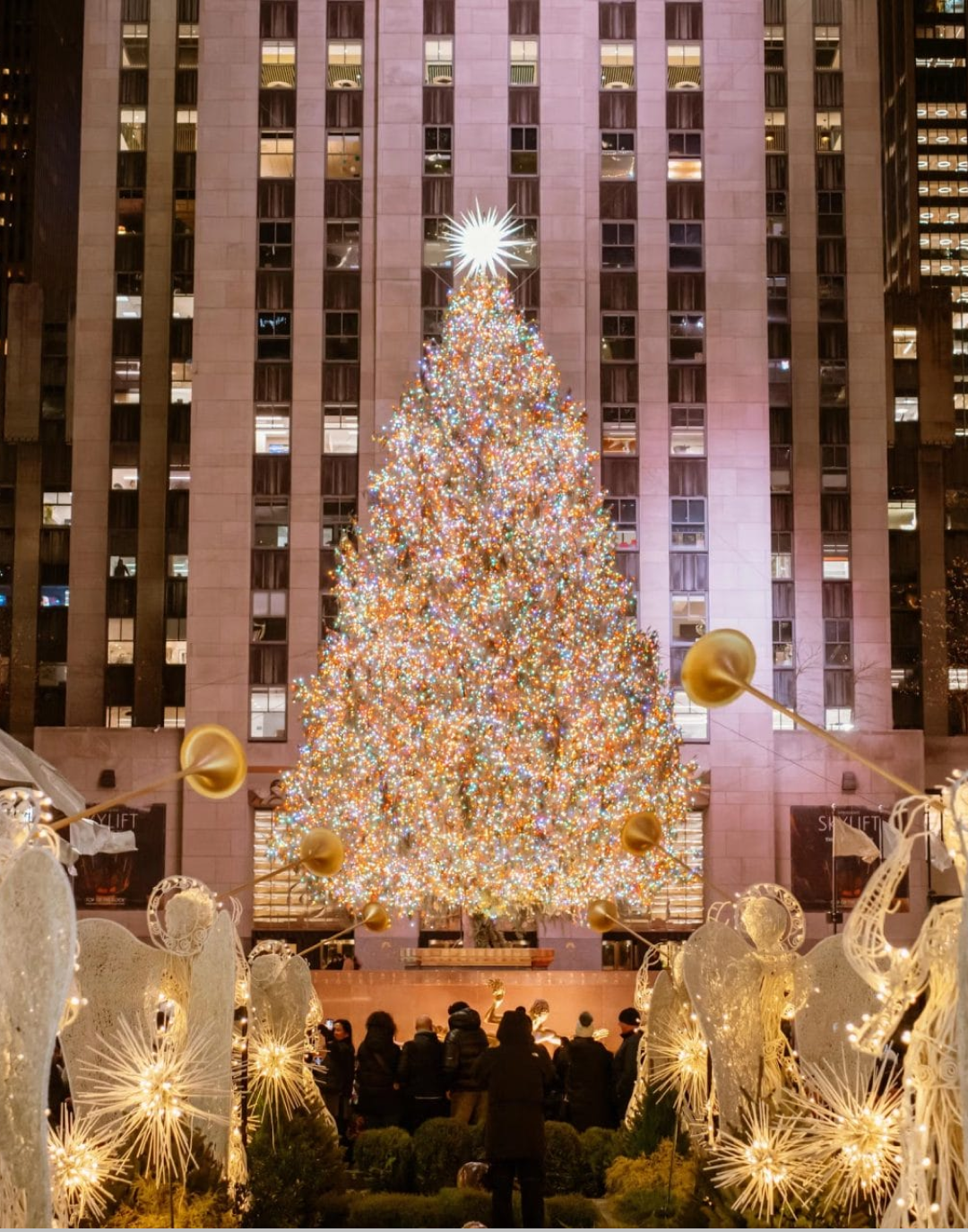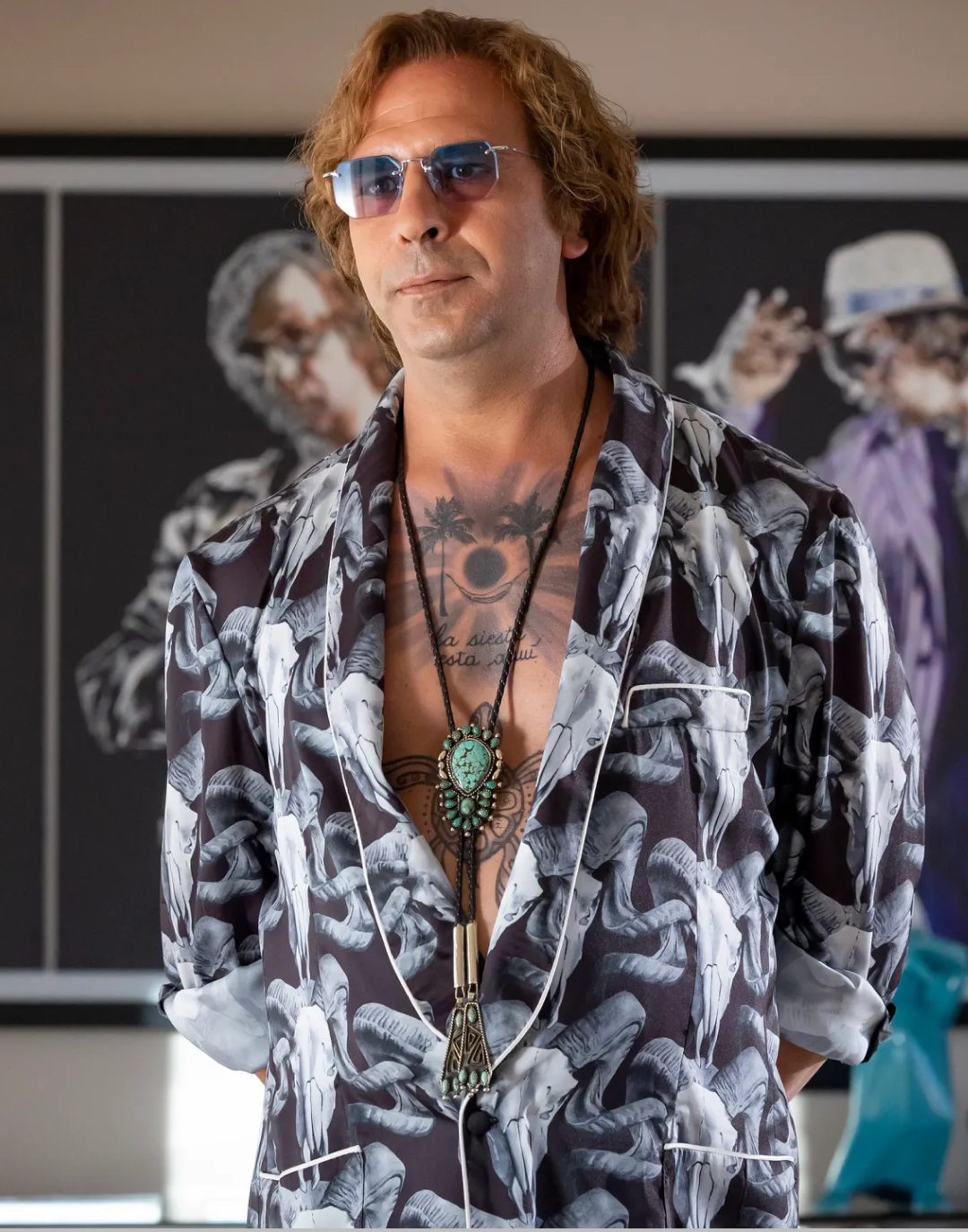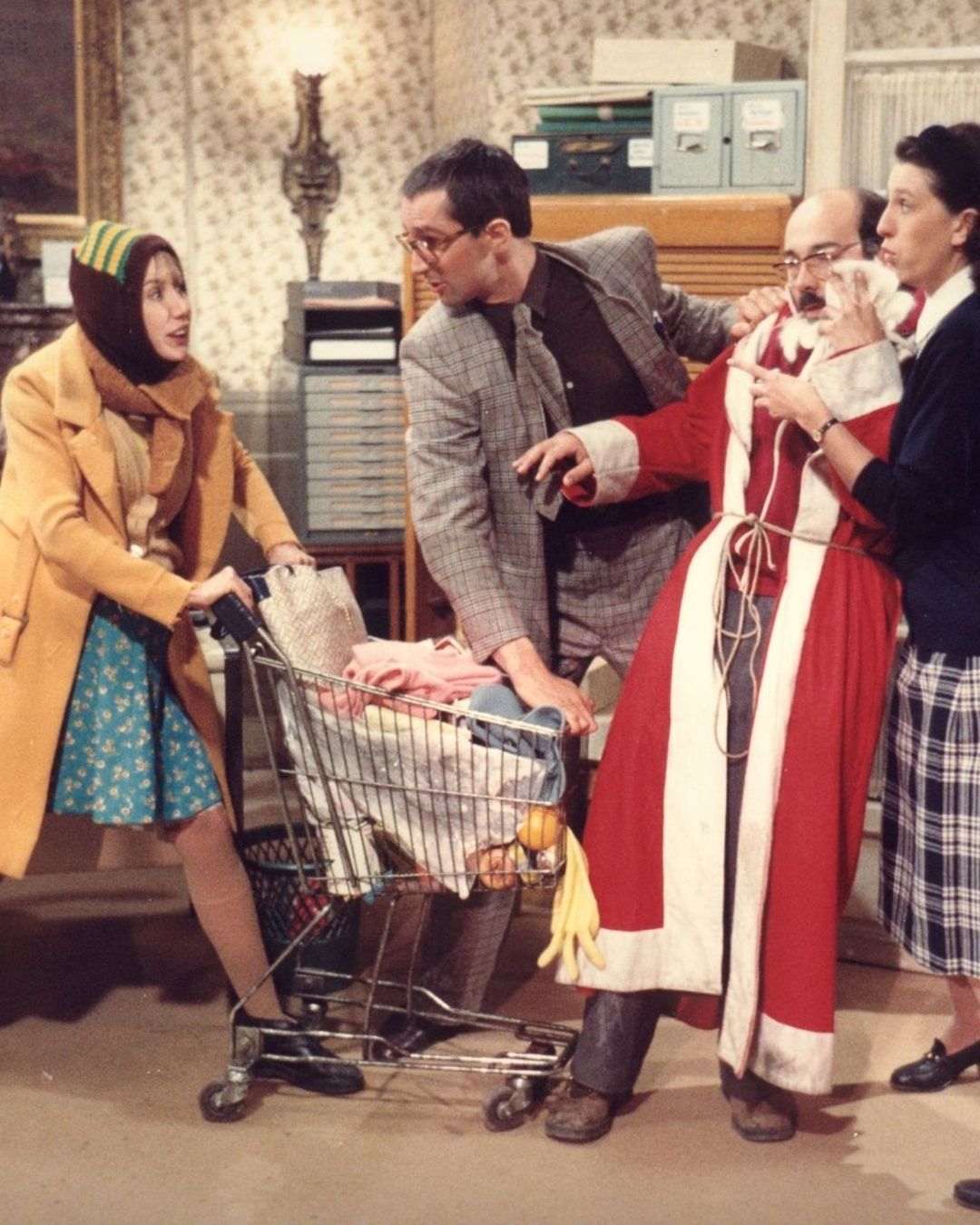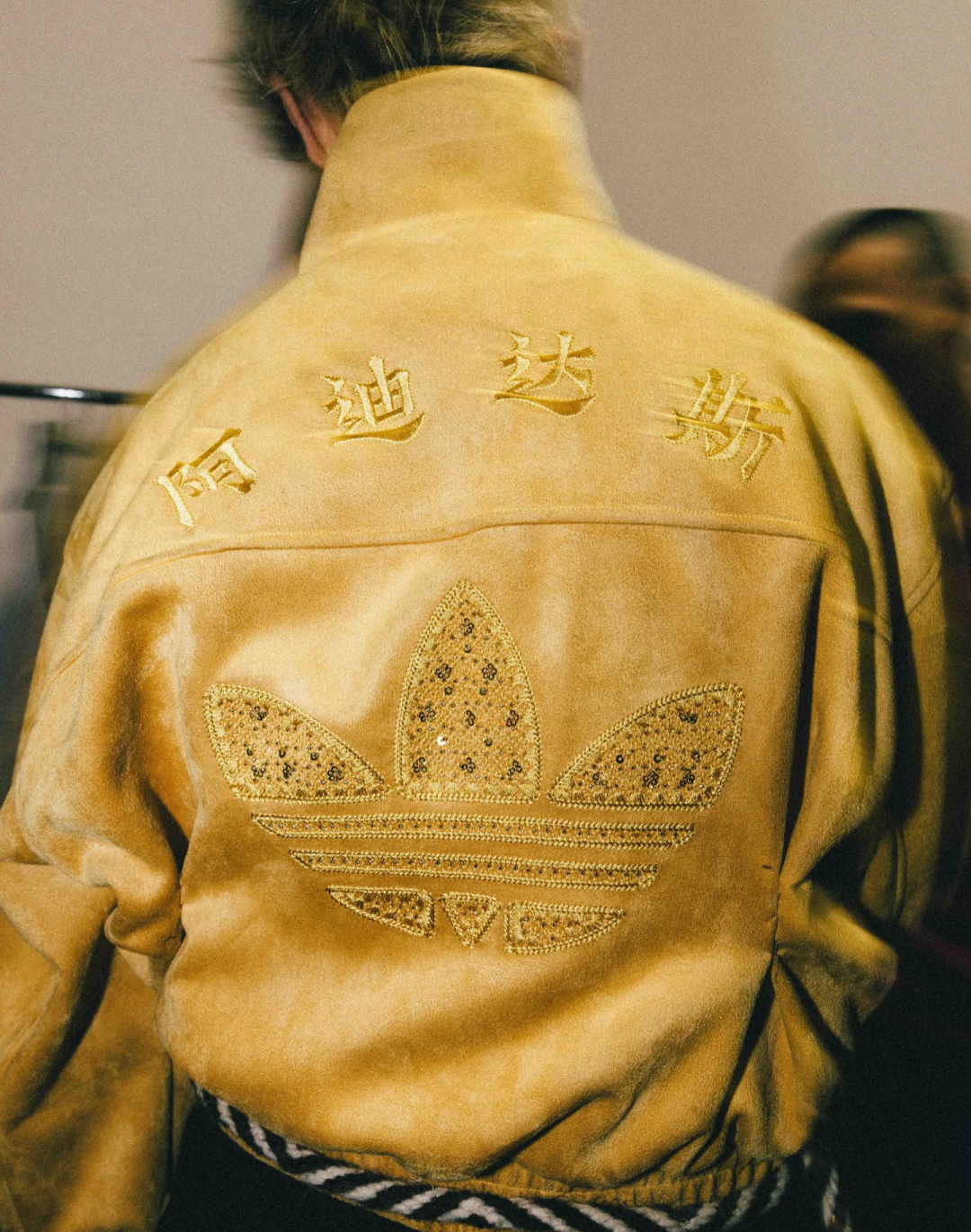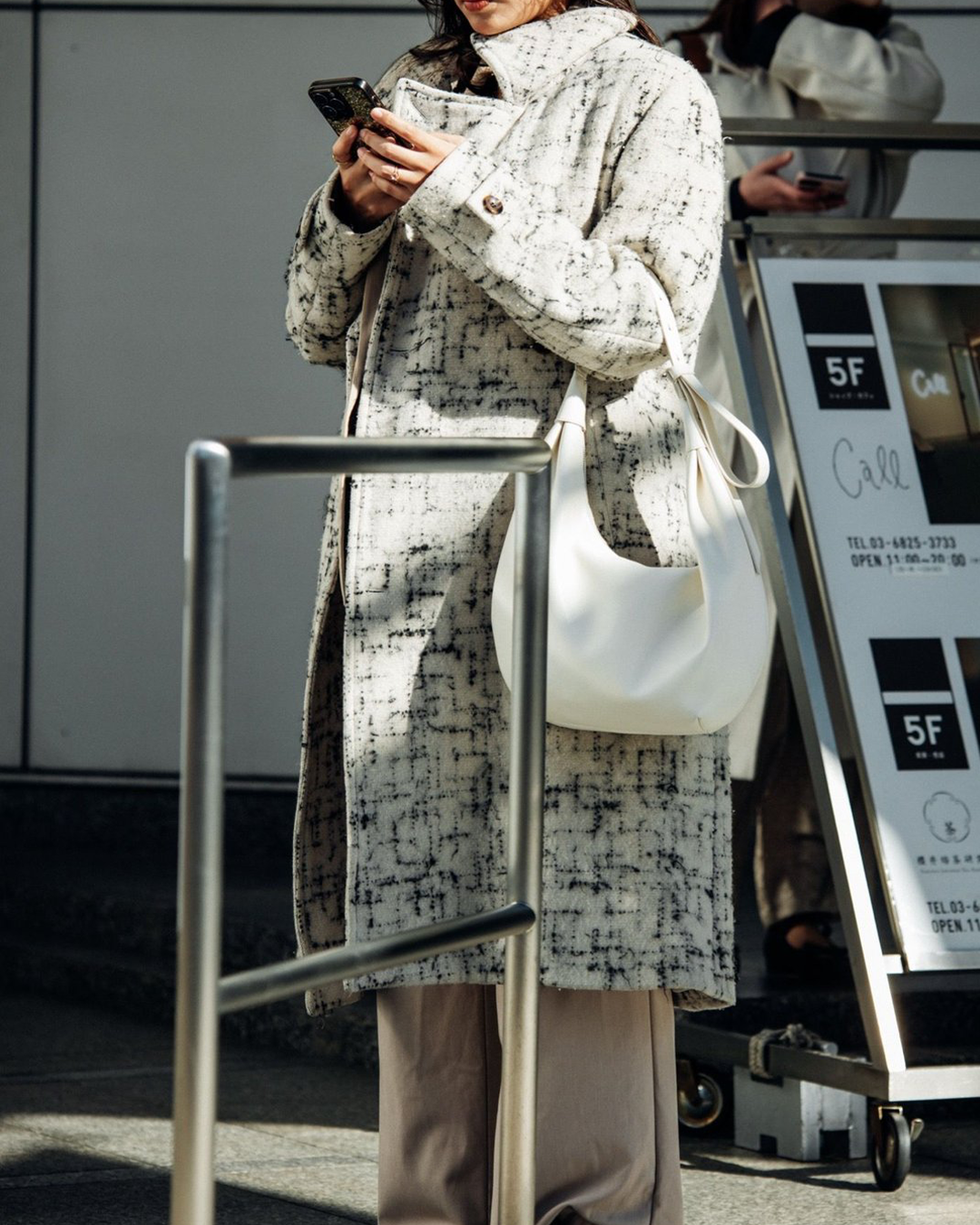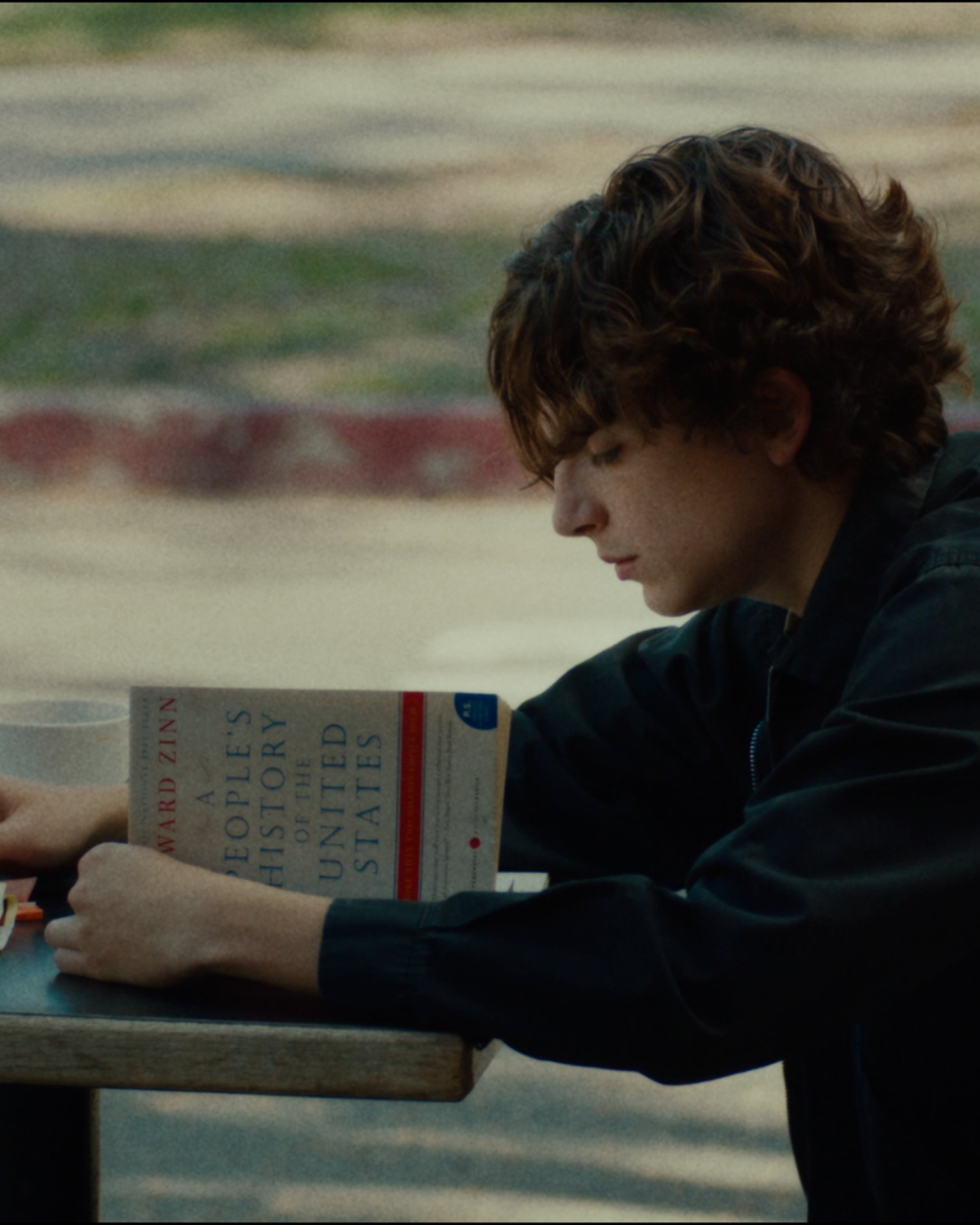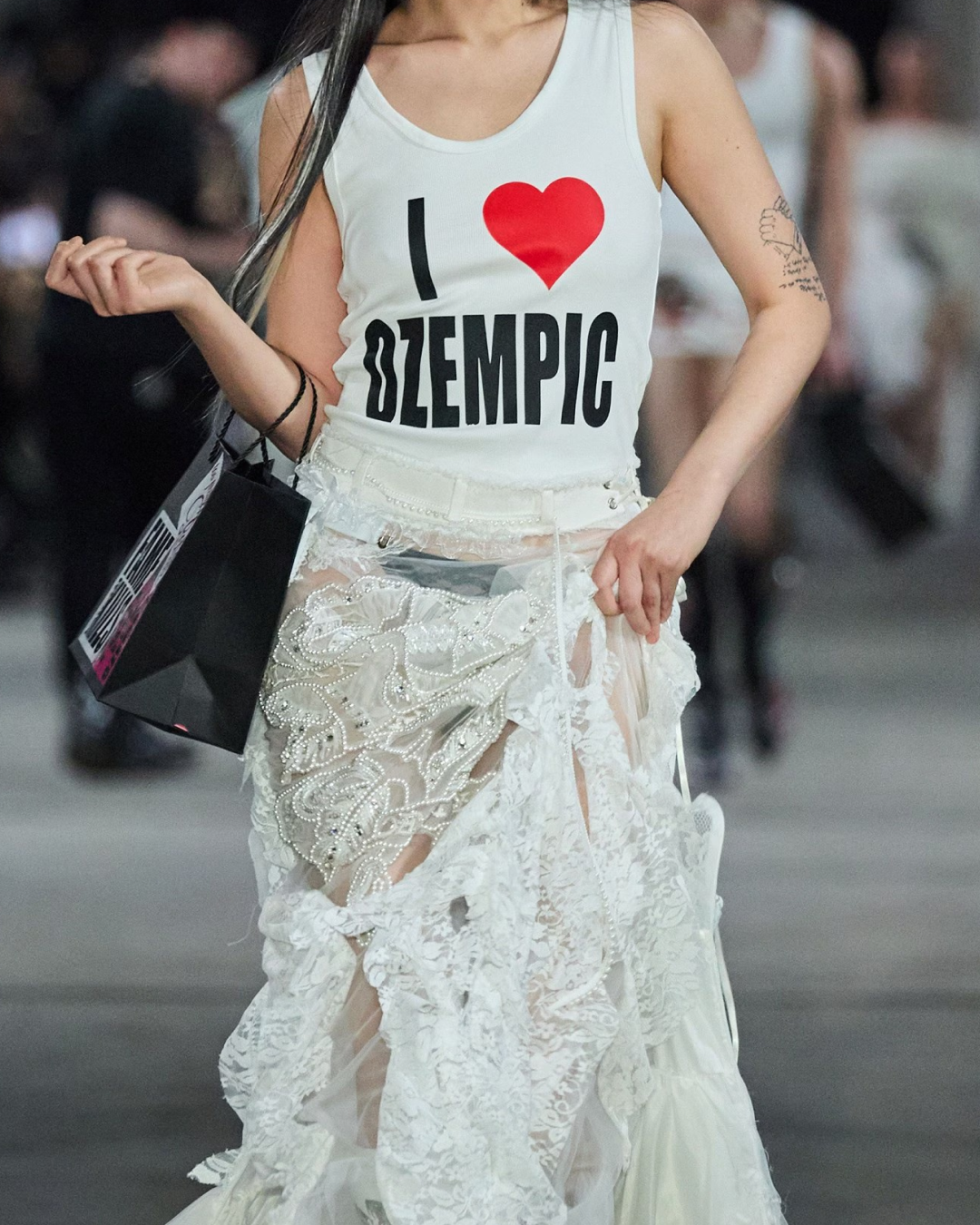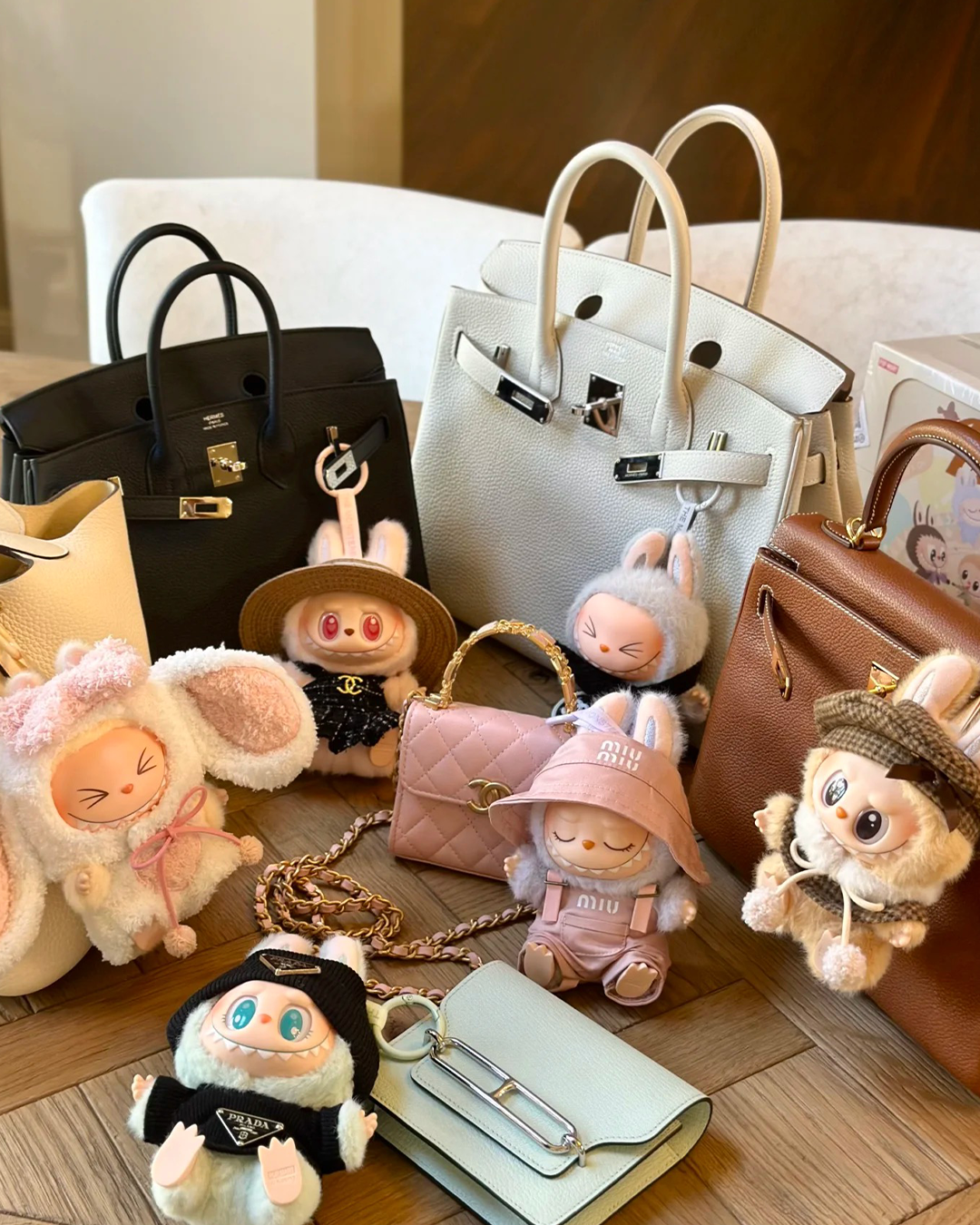
When will the Labubu love-bombing end? East winds predict an imminent collapse
Since the release of Barbie in 2023, it's unclear exactly how, but the fashion world has started to develop an obsession with toys. Not toys as a pastime, of course, but toys as accessories. First came the craze for Sanrio characters – from the intergenerational superstar Hello Kitty to lesser-known plushies like Marumaru – followed by the hype around Sonny Angels, Smitzki, and in general, the concept of the blind box. What no one expected was that a group of fuzzy little monsters, the Labubu, would outshine every other cute and cuddly accessory, sparking a frenzy somewhere between the golden age of One Direction and the midnight Supreme drops. For the launch of the Labubu Big Energy line, a kilometer-long queue formed in Milan on April 25 along Corso Buenos Aires, with people lining up as early as 5 a.m. to grab the plushies. Clearly, the obsession is far from local—Pop Mart, the Chinese chain known for trinkets and blind boxes, has seen its fame explode. So much so that the brand, according to Sherwood News, is now riding a wave of success that has surprised even analysts, with Pop Mart reporting a +165% revenue surge in the first quarter. The company’s shares hit an all-time high on Tuesday, adding $1.6 billion to founder Wang Ning’s net worth in a single day. Over the past year, the stock has jumped approximately 460%, making Pop Mart one of the best performers on the MSCI China Index. An astonishing result, considering that today—thanks to Labubu’s momentum—the market cap of the Chinese toy company has reached $34 billion: more than the combined value of Sanrio, Hasbro, and Mattel. But will it last?
i said i wouldn’t get sucked into the labubu fad and here i am buying my third one in a week… pic.twitter.com/Gk46AJ6KvY
— mia (@miamaliexo) May 5, 2025
Beyond the media and market hype, however, some warning signs are beginning to appear. According to JingDaily, Pop Mart’s stock rally may already be at a turning point. In recent days, an anonymous investor offloaded four million shares worth $97 million, at a discount to the market price. This marked the second block trade within days, both without a lock-up clause—an indication that those closer to the company may be moving with caution. The timing suggests a strategy of quick monetization, perhaps driven by the fear that the current enthusiasm may not be structurally sustainable. Adding to the pressure is geopolitical uncertainty. The tariff plan announced by Donald Trump—with increases up to 145% on most Chinese imports—poses a serious threat. Pop Mart has already raised prices for the U.S. market, pushing its mini-figures from $22 to $28, and is accelerating the partial relocation of production to Vietnam (much like Shein is doing), where tariffs are currently paused. At the same time, operating margins could tighten significantly—especially in a scenario where Pop Mart’s positioning still relies on an aspirational, collector-driven narrative, but not necessarily on a traditionally perceived premium value. In other words, Pop Mart sits at the center of a delicate balance: on one side, global enthusiasm for a playful aesthetic that resonates with contemporary tastes; on the other, the structural fragility of a business highly exposed to fashion trends, market volatility, and international political tensions.


